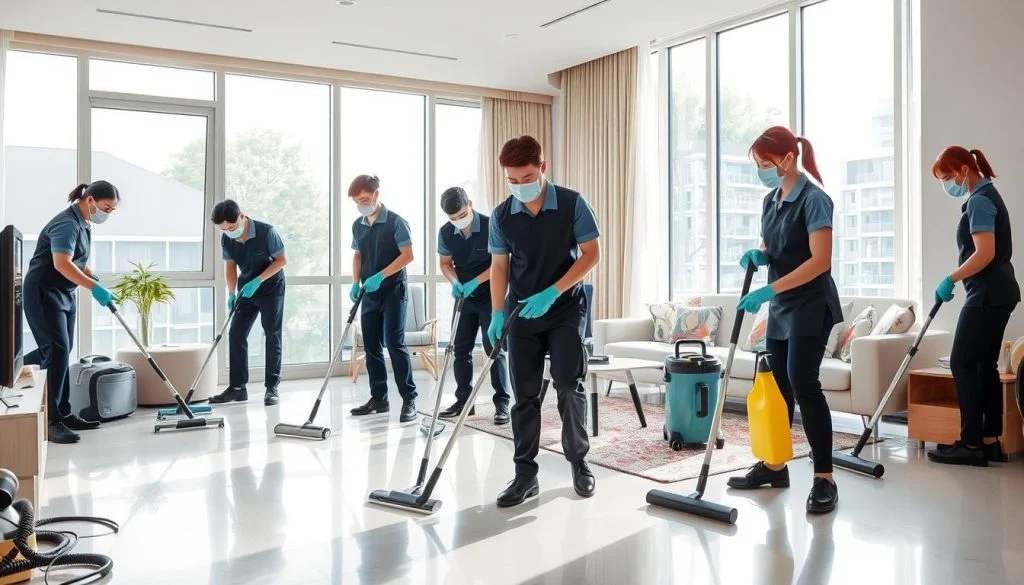For elderly patients, it is essential to get enough good quality sleep; nevertheless, aging contributes to developing various problems, such as problems with mobility, pain, or respiratory disorders, affecting a person’s ability to get enough sleep. Therefore, it is crucial to adhere to their requirements in creating a comfortable and safe environment for sleep. Still, a hospital bed for home use offers general support, while other elements such as adaptive bedding and changes in the sleep space matter just as much.
The Importance of Quality Sleep for Elderly Patients
It affects such aspects of human life as the healing process, brain performance, and mental health. Lack of sleep among the elderly has negative impacts that include worsening of health conditions, decreased immunity, or fall risk. Solving problems associated with sleep, therefore, calls for a combination of quality equipment and home management care.
To give more understanding of the issues elderly patients encounter, it is pertinent to describe some common sleep disturbances and their consequences for overall health.
Common Sleep Challenges in Aging
Senior citizens are also likely to suffer from sleeplessness, difficulty breathing while sleeping, pain from arthritis, or bed sores. Restricted movement during the day can also mean that changing position while in bed is challenging; in such circumstances, one may be stiff or wake up several times at night.
How Sleep Affects Overall Health
Lack of sleep, especially chronic sleep, will slow down the healing process of the body, cause confusion, and increase anxiety levels. Thus, it is crucial to pay attention to sleep hygiene and the use of supportive equipment that would allow them to avoid needing assistance during the day.
Designing a Safe Sleep Environment
A restful bedroom is not just a good quality mattress, and some simple tips can enhance the tranquility. It contains safety aspects, accessibility, as well as the facilities for certain health issues. For instance, the operation of a hospital bed with specific controls can alter the sleep patterns of an individual’s experience, or even a person with movement illness or a breathing problem.
Accommodation can comprise changing the type of bed to an adjustable one, reducing noise, altering temperatures, among others, to make it fit for an elderly patient.
Hospital Beds: Customizable Support
Some of the features of a hospital bed include height, bed adjustment methods, availability of an incline, and presence of side rails. These adaptations assist the patient to sit up without assistance, have better breathing, and avoid falling when turning during the night. Pressure-relieving mattresses also enhance the prevention of pressure ulcers; that predicted general population with many bedsores.
Lighting and Noise Control
They offer ceiling lights that operate on low intensity in order to prevent any interference to people who might need to use the facility at night. There is nothing like white noise machines or acquisition of protective materials that reduce on interferences, thus allowing a serene environment for sleeping.
Temperature Regulation
Another difficulty viewed by elderly patients is temperature distinction ability. High-quality fabrics, moisture-absorbing sheets, and climate control for the room help ensure sleep for specific temperatures at any season.
Integrating Technology for Better Sleep

Specifically, innovations of the contemporary world can support the observation of sleeping habits, control the position of the bed, and notify carers of possible complications. These tools create a continuity between independence and security and are used both to study and to design.
Technology is not only about comfort but it is more about life to help with practising preventive care.
Smart Bed Systems
Some of the hospital bed models offered include sensors that monitor movement or detect the heart or breathing rate. It can alert the caregivers if a patient has plans to leave the bed improperly or manifesting unsafe fluctuations with signs like heartbeat.
CPAP Machines and Oxygen Support
However for patients with sleep apnea or other respiratory related diseases, a CPAP machine or a bedside oxygen concentrator guarantees a constant flow of air. To maintain the components of the devices out of sight and prevent interference from noise, proper storage and noise shielding are optimally incorporated here.
Choosing the Right Sleep Solutions
Every patient’s needs are unique. Decision of such features as mobility level, medical conditions, and the arrangement of the room should be taken into account. I would mHealth’s solutions easily integrate with the goals of healthcare providers since it involves dealing with them directly.
Indeed, such activities as the determining of what styles and types of clothing to use, deciding on men’s and women’s suits, choosing proper shoes and accessories, come in handy especially with professional recommendations.
Assessing Individual Needs
Any kind of mobility issues can be assessed by an occupational therapist as well as pain sensations, daily activities and thus determine necessary sleep aids. For instance, there is a factor of height which may be low in a hospital bed; this is useful to a person with a tendency of having dizziness frequently.
Balancing Comfort and Functionality
Equipment should enhance—not complicate—daily life. Soft controls that are easy for persons to operate and low noise producing motors as well as easy to clean materials make adaptive beds and accessories fit to be used for a long time.
Recliner Beds: Comfort Beyond the Bedroom
However, most patients lie constantly for a while other than in the bedroom; this makes the recliner bed convenient. These are furniture structures that are a blend between recliner and the medical bed varieties of furniture.
This solution does not fully relax you to the point of drowsiness which makes it ideal to be used in the day.
Benefits of Recliner Beds
This makes a recliner bed to enable the user to raise his or her legs or tilt the backrest, opt for a flat sleeping position. This feature is very useful in cases when a person has edema, heartburn or has undergone through a surgery.
Enhancing Daytime Comfort
In the living zones, recliner beds are placed for ease of interaction among the occupants and at the same time offer the occupants a place to recline. Cup holders, USB ports and the ability to remove the cover make this particular type of van more suitable for everyday use.
Conclusion
Ensuring that elderly patients are safe while asleep entails understanding some of the patients’ characteristics as well as coming up with ideas that will make the environment suitable for them. The choice of a hospital bed that caters to medical requirements ensures the foundation for restorative sleep, and such features as adaptive beddings and proficient technology apply to obviate obstacles. For those who desire comfort in addition to the conventional beds, a recliner bed is a unique concept that meets the needs of comfort without the need to go to another room. Effective approaches in managing sleep with elderly patients is crucial to promote the general health, dignity and quality of the elderly aged patients – from one night sleep to another.









